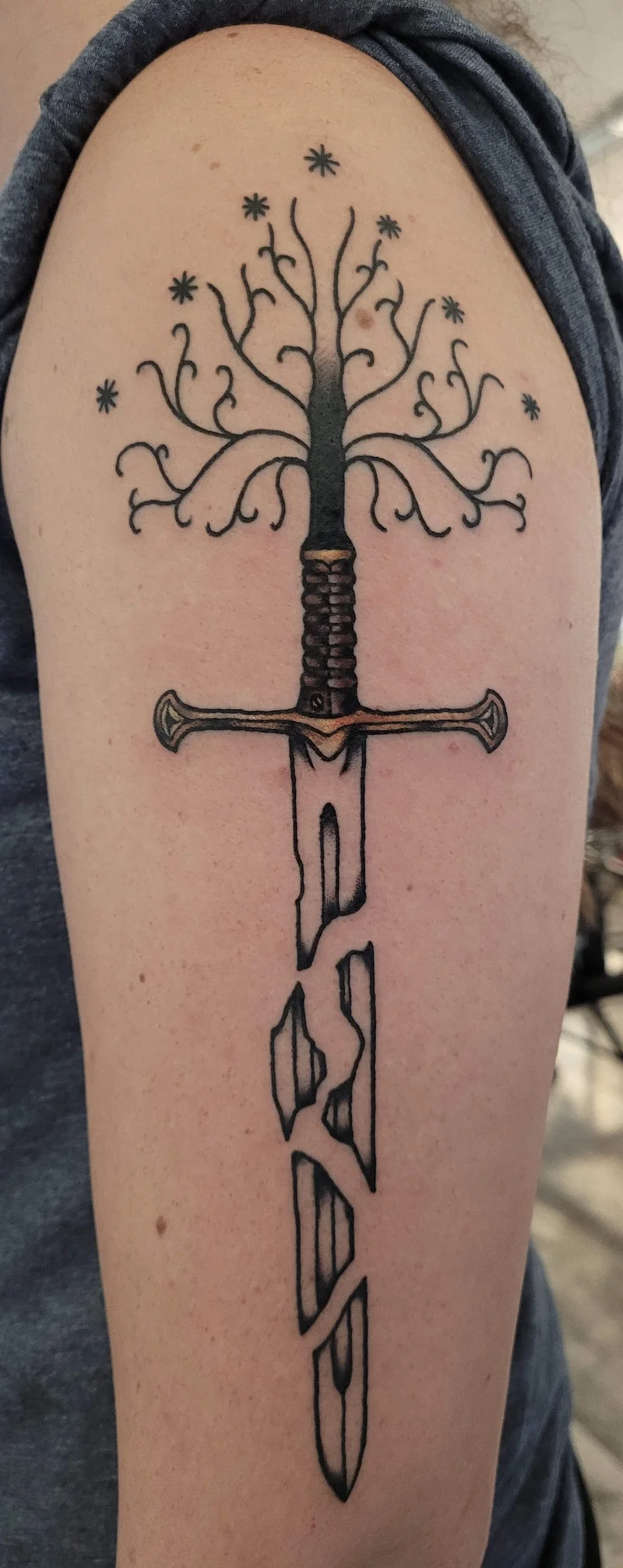Real-Time BNB Signal Analytics
Real-Time BNB Signal Analytics
I have to be honest with you. When I first saw the news that Anduril's unmanned jet "Fury" makes first flight, my initial reaction wasn't analytical. It was just… awe. I found myself leaning back in my chair, looking at the ceiling, and just picturing it: a sleek, powerful jet, slicing through the sky with purpose and precision, but with an empty cockpit. No human hands on the stick, no eyes scanning the horizon. Just code. Just an intelligence born of silicon and data, executing a mission.
This is one of those moments that reminds me exactly why I fell in love with technology in the first place. It’s a quiet headline, easily lost in the daily noise, but it represents a seismic shift. We’re not just talking about a better drone. We’re witnessing the birth of a new kind of partnership, a new form of flight, and maybe even a new definition of what it means to be a pilot. Forget what you think you know about remote-controlled planes. This is something else entirely.
Let’s be clear about what we’re seeing here. The YFQ-44A Fury, and similar craft from competitors like General Atomics, fall under a new category: Collaborative Combat Aircraft, or CCAs. It’s a bit of a sterile, military-sounding term, so let me rephrase it. In simpler terms, these aren’t just remote-controlled puppets on a string; they are AI-powered wingmen. They are designed to think, to adapt, and to fly alongside human-piloted aircraft, taking on the most dangerous and complex tasks.
The best analogy I can think of isn't from aviation at all. It's from a field thousands of years old: shepherding. For centuries, a shepherd’s effectiveness was multiplied by their sheepdog. The shepherd doesn't control every paw-step of the dog. Instead, they give it a high-level command—"gather the flock"—and the dog, with its own intelligence, figures out the best way to do it. It flanks, it herds, it anticipates the movement of the sheep. That’s what a CCA is for a 21st-century pilot. It's the brilliant, autonomous partner that understands the mission's intent and executes its part flawlessly, freeing up the human to think strategically.
Anduril’s Fury taking flight isn't just a successful hardware test; it's a proof of concept for this very idea. This isn't some far-off concept from a sci-fi movie anymore, it's happening right now with multiple companies pushing the envelope and it means the feedback loop between a line of code and a physical action in the sky is accelerating to a pace we've frankly never seen before. The question is no longer if we can do this, but how fast we can integrate it. What does a squadron look like when one human pilot is a "shepherd" to a flock of five, or even ten, intelligent machines?
The real revolution here isn't the airframe. As impressive as the jet itself might be, the true breakthrough is the mind flying it. We are crossing a threshold. For the entire history of aviation, from the Wright brothers at Kitty Hawk to the most advanced stealth fighters, the core concept has been one human mind per machine. This development breaks that paradigm completely. This is a moment comparable to the transition from the lone, armored knight on horseback to the coordinated, strategic cavalry charge. It’s a fundamental change in scale, strategy, and capability.

Imagine you're a pilot. Instead of just managing your own aircraft, you are now the commander of a small, airborne fleet. You can send your autonomous wingmen ahead to scout, to jam enemy sensors, or to draw fire, all while you remain at a safe distance, processing the data they feed you and making the critical decisions. Your role evolves from a hands-on operator to a battlefield conductor, orchestrating a symphony of data and steel.
This shift elevates the human, it doesn't replace them. It automates the dangerous, the dull, and the difficult, allowing human cognition to be applied where it matters most: judgment, ethics, and ultimate command authority. Of course, with this incredible power comes an equally incredible responsibility. We have to build these systems with unbreakable ethical guardrails and ensure that the human always, always, remains in the loop for the most critical decisions. The goal isn't just to build a capable AI, but a wise one. How do we ensure these autonomous partners inherit our best values, not our worst instincts?
The first flight of Fury is a signal that this future is arriving now. It poses a thousand new questions about doctrine, training, and the very nature of aerial combat. But more than that, it opens up a universe of possibilities.
Let's zoom out for a second. This isn't just a military story. The core technology here—an autonomous, intelligent agent capable of operating a complex physical machine in a dynamic environment—is one of the holy grails of AI. The principles being proven in the skies over a test range today will be the foundation for the automated logistics, disaster relief, and even interplanetary exploration of tomorrow.
Think of autonomous cargo planes that can deliver aid to a remote village after an earthquake, without risking a human crew. Imagine swarms of AI-driven vehicles coordinating to fight a wildfire, or probes intelligently exploring the canyons of Mars.
The first flight of an unmanned, AI-powered fighter jet feels like the end of one chapter and the thrilling, unknown beginning of another. We just watched the ghost in the machine earn its wings. What it does next will change not just the battlefield, but our world.